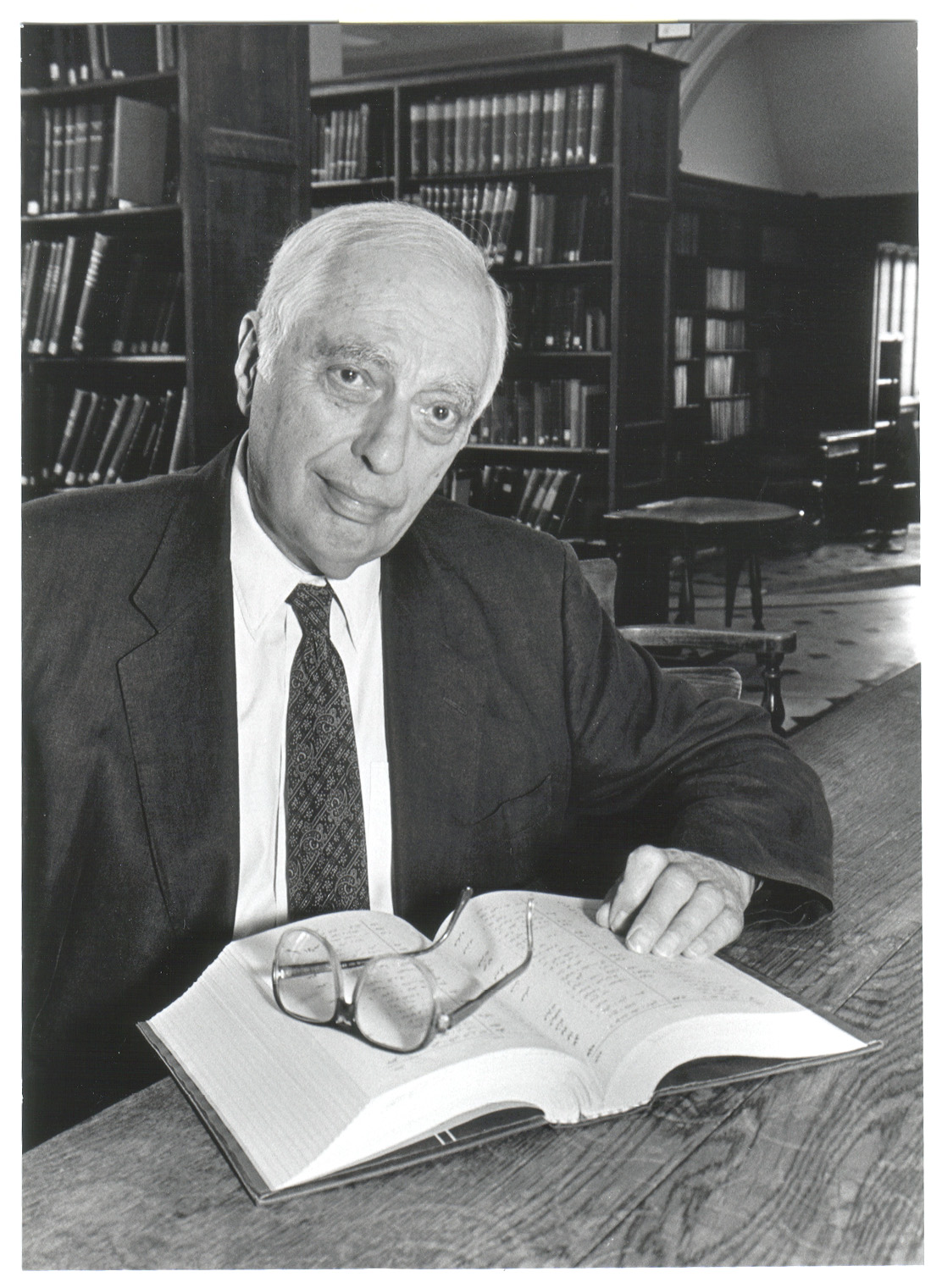Alexander KUZNETSOV
The article titled «It’s Time to Seriously Consider Partitioning Syria» published recently by Foreign Policy raises serious concerns.
The author writes that the war in Syria has devastated entire cities, the death toll is 470 thousand (there are no reliable statistics to confirm the figure) and 6 million people have become displaced. As a result, religious communities in Syria cannot live together in one state anymore. He believes that Syria should be divided into parts populated by Alawites (for some reason it includes Damascus) and Sunni Muslims. The options include a partition of the country into independent states or forming some kind of loose confederation like Bosnia and Herzegovina. James Stavridis is a four-star Admiral and former NATO Supreme Allied Commander, Europe. He is an influential person in military and political circles.
The Admiral made public his views on Syria soon after US State Secretary John Kerry referred to plan B in Syria in his testimony before the Senate Foreign Relations Committee on March 1.
According to the US top diplomat, he will move towards a plan B that could involve a partition of Syria if hostilities continue because the political forces cannot coexist in one state.

The idea of dividing Syria, Iraq and other states in the Middle East has been considered by US strategic thinkers since the 1980s. Bernard Lewis, the patriarch of American oriental studies, was the first to suggest it. For many years he has been a member of and consultant to the US Council on Foreign Relations (CFR). Formally an independent think tank, the Council exerts great influence on shaping US foreign policy.
In «The Roots of Muslim Rage,» an essay published in 1990, Bernard Lewis describes a «surge of hatred» rising from the Islamic world that «becomes a rejection of Western civilization as such». The thesis became influential.
The essay inspired Samuel Huntington, the author of the clash of civilizations hypothesis. Lewis is a widely read expert on the Middle East and is regarded as one of the West's leading scholars specialized in that region. His advice has been frequently sought by policymakers, including the Bush Jr. administration in the early 2000s. Jacob Weisberg, a prominent US journalist, writes that Bernard Lewis was perhaps the most significant intellectual influence behind the invasion of Iraq in 2003.
In 1979, Bernard Lewis first unveiled his project aimed at reshaping the Middle East to the Bilderberg Meeting in Baden, Austria. The goal was to counter Iran after the Islamic revolution and the Soviet Union with its military deployed to Afghanistan the same year. According to him, the anti-Iranian policy was to include the incitement of an armed Sunni-Shia confrontation and support of the Muslim Brothers movement. The Soviet Union was to be countered by creating an «Arc of Crisis» in the vicinity of its borders. The national states of the Middle East were to be «Balkanized» along religious, ethnic and sectarian lines.
The Lewis project was advanced further after the collapse of the Soviet Union. In 1992 the scholar’s article titled Rethinking the Middle East appeared in Foreign Affairs, the US leading forum for serious discussion of foreign policy and international affairs published by the Council on Foreign Relations.
There he presented a new map of the Middle East. The plan envisaged breaking Syria up into small fragments with the territories populated by the Druze and Alawites separated to become independent mini-states. Lewis wanted to establish new entities: a tiny state on the territory of Lebanon populated by Maronites, an independent Kurdistan comprising the Kurds-populated areas of Turkey, Iraq, Syria and Iran, an independent Shia state in Iraq, an Arab state in the Iranian province of Khuzestan – the major oil-producing region of Iran. The plans also envisaged the creation of independent Balochistan to unite all the Pashtun-dominated areas of Pakistan and Afghanistan.
Bernard Lewis advocated a policy called «Lebanonization». According to him, «A possibility, which could even be precipitated by Islamic fundamentalism, is what has late been fashionable to call ‘Lebanonization’». «Most of the states of the Middle East – Egypt is an obvious exception – are of recent and artificial construction and are vulnerable to such a process. If the central power is sufficiently weakened, there is no real civil society to hold the polity together, no real sense of common identity… Then state then disintegrates – as happened in Lebanon – into a chaos of squabbling, feuding, fighting sects, tribes, regions, and parties», the scholar wrote.
The main goal of such projects is to prevent the emergence of regional forces able to challenge the hegemony of the United States. That’s what made the US add fuel to the fire of the Iran-Iraq war (1980-1988). Washington succeeded in making the war last for eight years. By provoking the hostilities, the US killed two birds with one stone: it prevented Iran from growing stronger and weakened Iraq ruled by the Arab Socialist Ba'ath Party.
The West launched Operation Desert Storm to keep Iraq weak. In 2003 it concocted a false pretext (the possession of weapons of mass destruction) to occupy Iraq and deprive it of sovereignty. By and large, the same fate awaited Syria.
In 1990 Syrian troops remained in Lebanon as peacekeepers in accordance with the Taif Agreement. The US gave its consent because Damascus took part in Operation Desert Storm against Iraq. Besides, the Syrian government of Hafez Assad effectively committed itself not to take hostile actions against Israel. In ten years the situation changed. Damascus launched the policy of strategic partnership with Iran. It supported the Lebanese Hezbollah movement. Washington changed its stance to say the Syrian military in Lebanon was an occupying force. Using the imposition of sanctions as a weapon, the United States made Syria withdraw from Lebanon. In 2011 the US started to undermine the Syria’s national sovereignty.
The most faithful US allies – Saudi Arabia for instance – have no guarantees they will not become part of such plans, for instance Saudi Arabia. Nowadays, the United States does not depend on the oil supplies from the Middle East. It has put an end to the policy of direct confrontation with Tehran. As a strategic partner, Riyadh is not as important as it used to be. It’s hardly a coincidence that US media outlets started to publish maps with Hejaz (a region in the west of present-day Saudi Arabia) drawn as part of Jordan with the eastern part of the Saudi Kingdom together with South Iraq shown as part of Shia Arab state. Actually, a genuine settlement to the problems faced by the Arab world is something quite opposite from what the United States has to offer.
The partition of the Middle East into tiny powerless states will give rise to new crises accompanied by ethnic and religious cleansing. It will lead to a «war of all against all» (bellum omnium contra omnes) – the term coined by Thomas Hobbs.
In case of such a war, the small principalities will need someone for arbitration. Washington will offer itself for this role.
In the future, the creation of large Arab space (Grossraum) may lead the region out of the deep crisis it faces, but that’s a different and a very serious matter to be discussed some other time.









